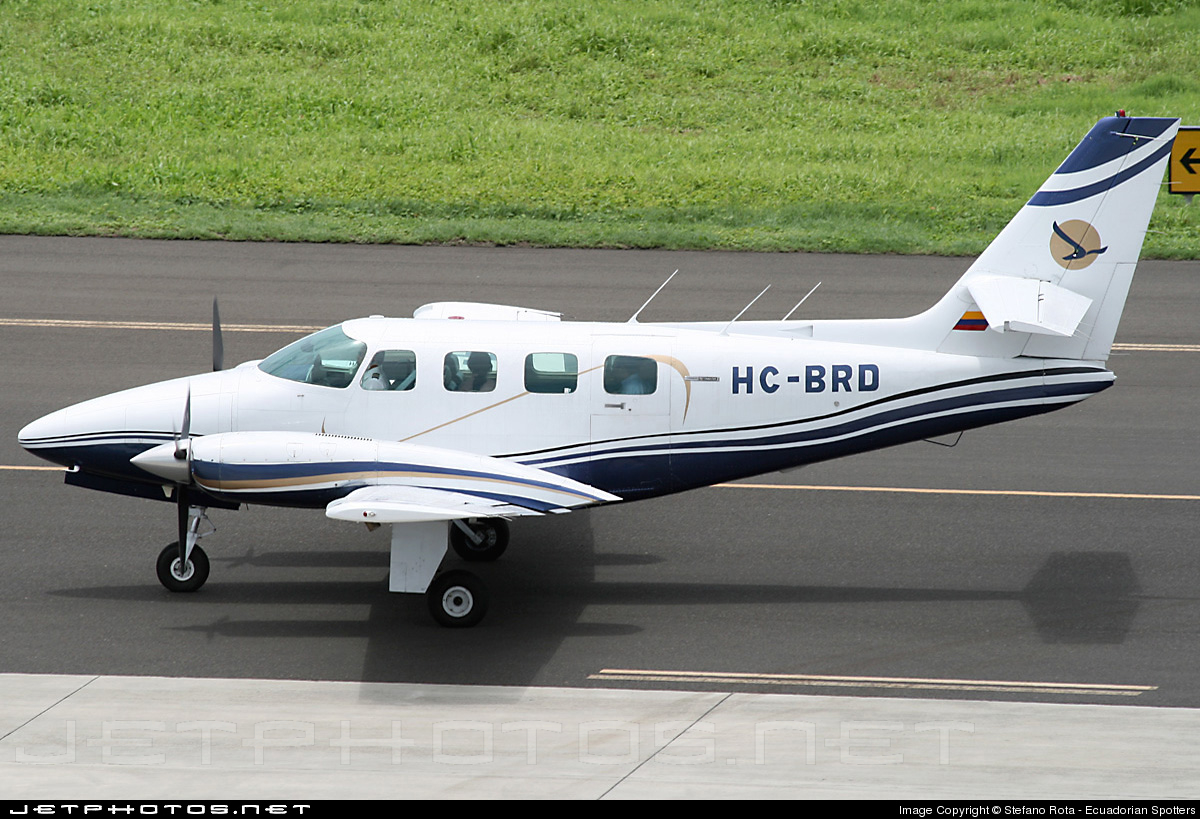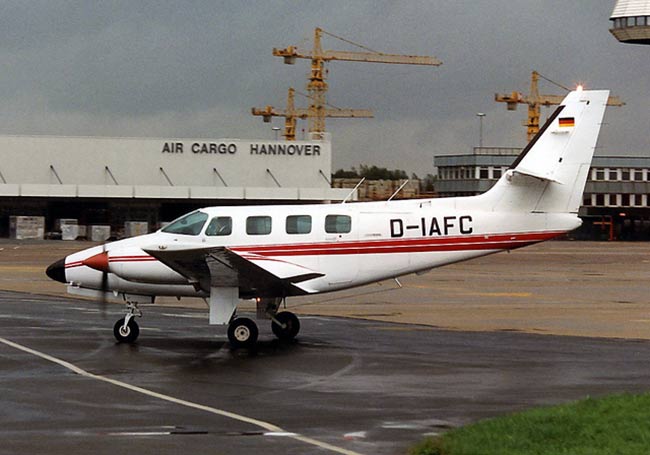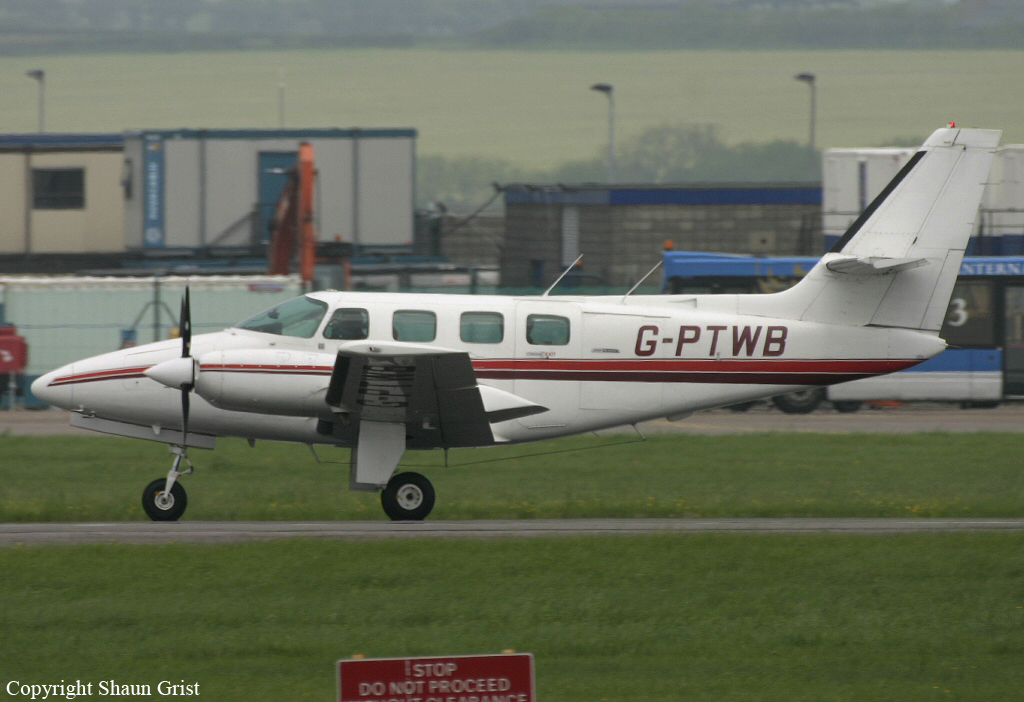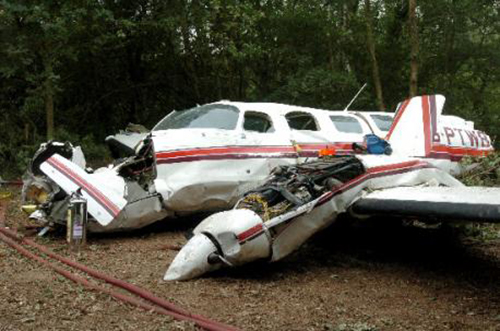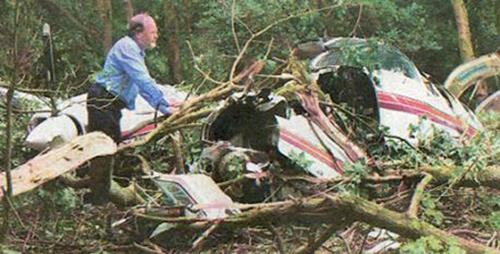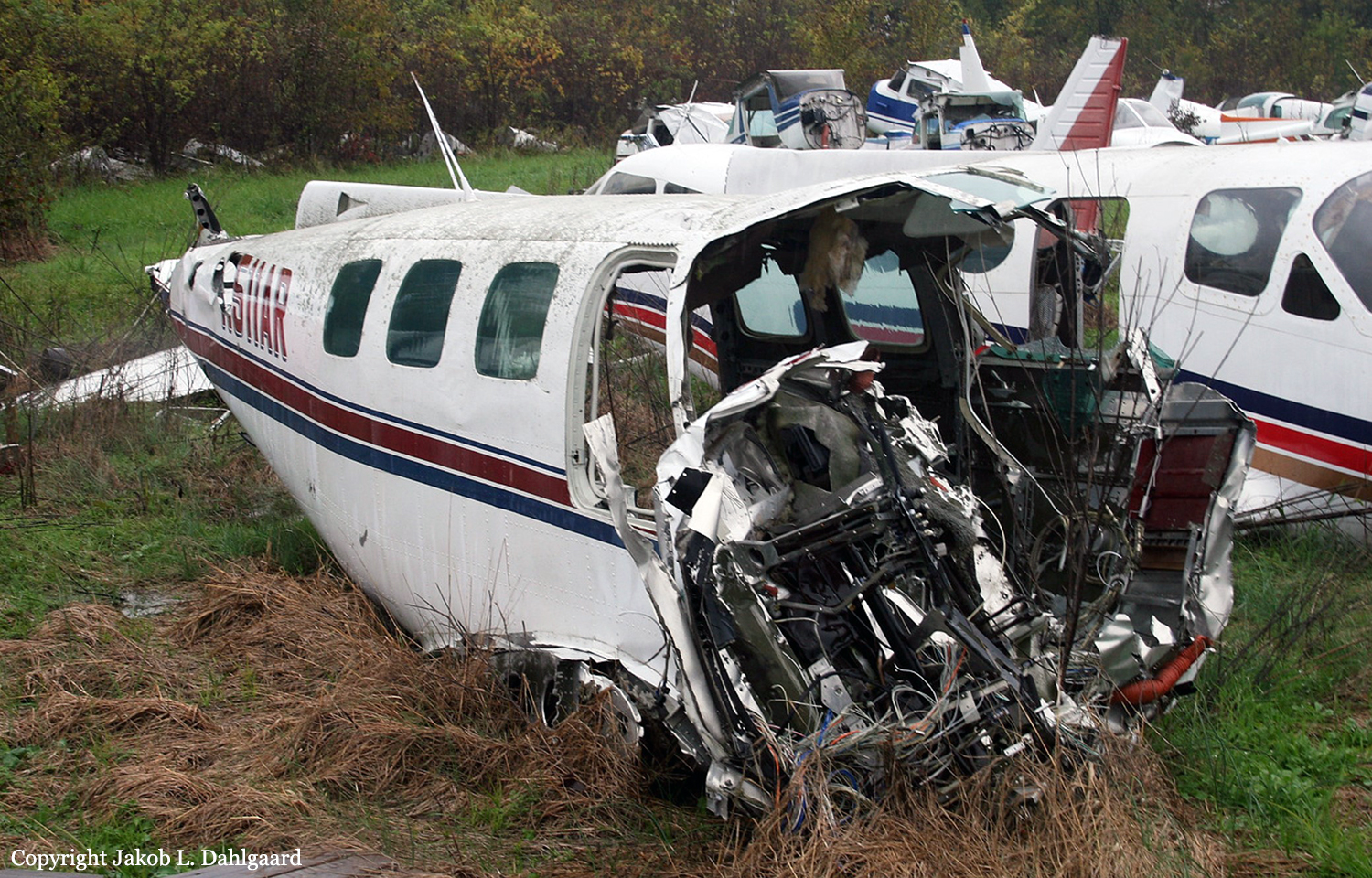Crash of a Cessna T303 Crusader in Santa Rosa del Toachi: 1 killed
Date & Time:
Jun 6, 2009 at 1300 LT
Registration:
HC-BRD
Survivors:
No
Schedule:
Guayaquil - Santo Domingo
MSN:
303-00084
YOM:
1981
Crew on board:
1
Crew fatalities:
Pax on board:
0
Pax fatalities:
Other fatalities:
Total fatalities:
1
Circumstances:
While cruising in poor weather conditions, the twin engine aircraft impacted trees and crashed in a wooded an hilly terrain located in the Santa Rosa del Toachi Mountain Range. The wreckage was found few hours later and the pilot, sole on board, was killed.
Probable cause:
Controlled flight into terrain after the pilot was flying under VFR mode in IMC conditions.
